
Morocco is one of the closest exotic destinations to Europe and the United States. Well established hotels, travel and recreational industries are increasingly making Morocco one of the most favored destinations for incentive holidays, special Events & conventions. The major cities are Rabat (capital), Marrakesh, Casablanca, Fes, Tangier and Meknes. Morocco’s reputation for hospitality has made it a much sought-after tourist and business destination.
The kingdom of Morocco is located in the far Northwest tip of Africa and is the nearest Africa country to Europe, separated from Spain by only 9 miles of Gibraltar straits. It has an area of about 280,000 square miles and boast a coastline of about 2,120 miles.
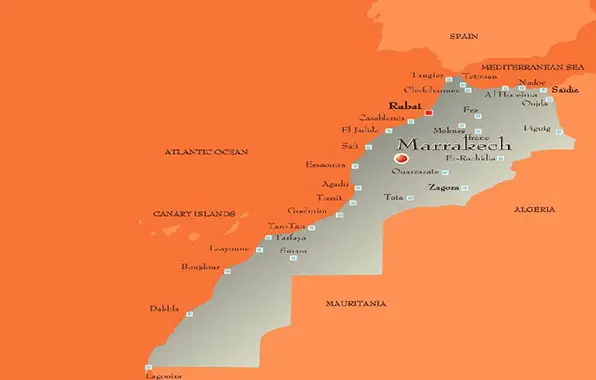
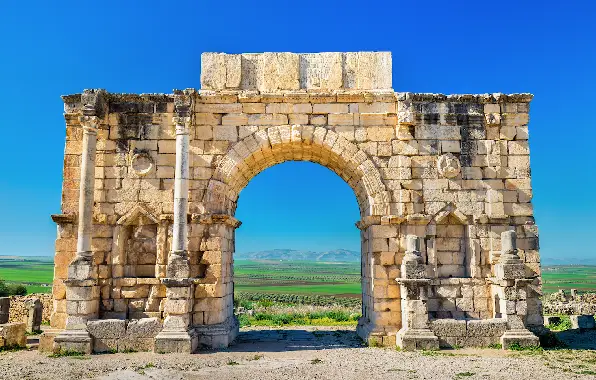
Morocco has been inhabited since very early prehistoric times, as many prehistoric remains show. Then came the Phoenicians, Carthaginians, Berbers, Byzantine, Romans and Vandals before the Arab invasion which took place in the 8th century.
The population of Morocco is estimated at some 37 million with 60 percent urban, and 43 percent under the age of 25. Most of the population is Muslim, although there are important Christian and Jewish groups in Casablanca and other cities throughout Morocco.
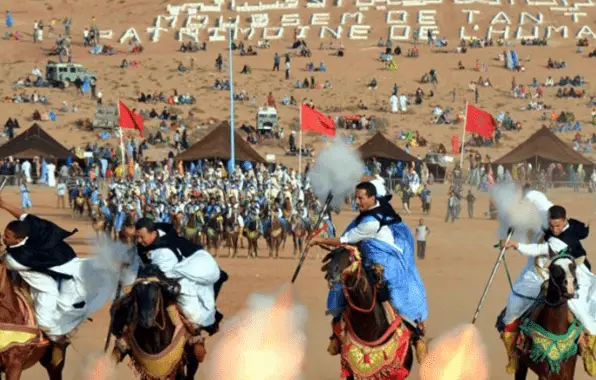
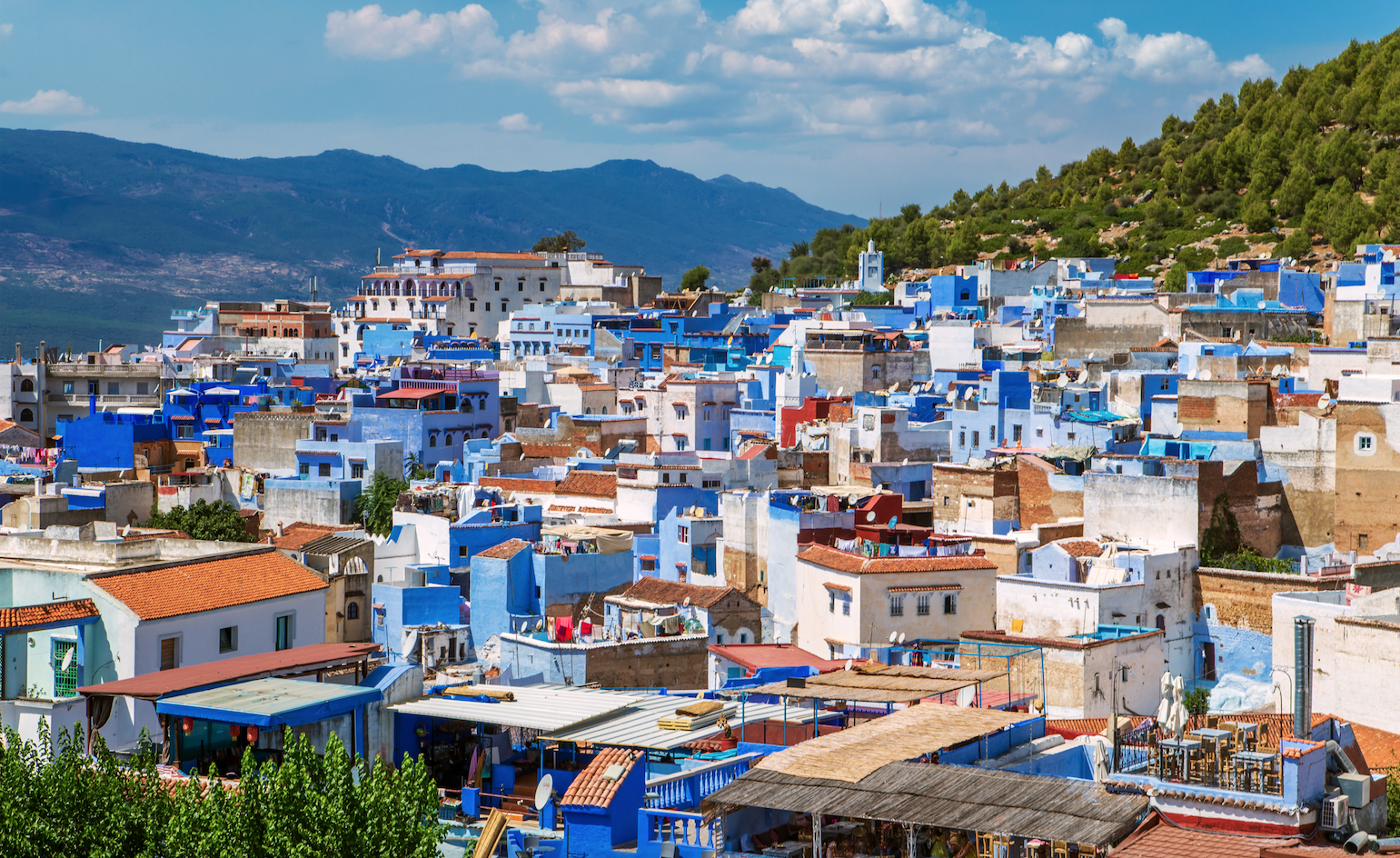
Morocco rich history has resulted in a multilingual culture, with most people conversant in several languages! The official language is Arabic. Morocco’s close ties to France since the protectorate are still reflected in trade, education and the press, as well as daily conversation. Other common foreign languages are Spanish, particularly in the north, and English, which is taking hold in tourist areas.
Islam is the official religion in Morocco, but it exists in perfect coexistence with the other religions. Morocco is the only one country which accommodates an important population of Jews people without any problem.
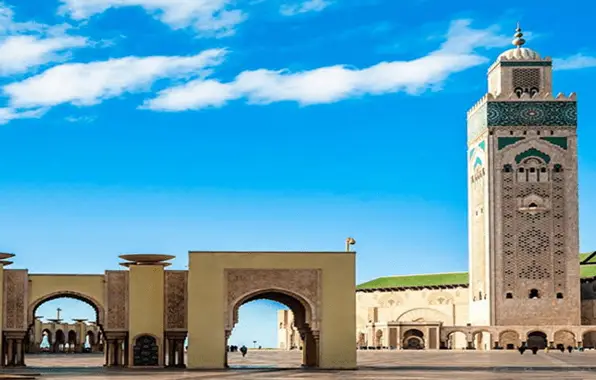
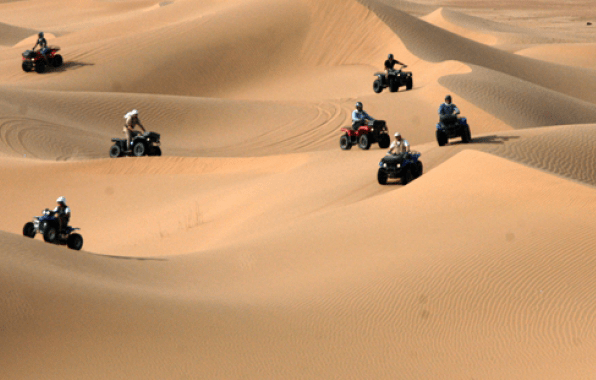
The climate in Morocco is as varied as its diverse geography. Morocco has wide-ranging geological formations, including a vast coastline, interior lowlands extending into the foothills and highlands of the Rif Mountains and the Middle Atlas and High Atlas ranges which sore up to 13,700 f / 4150 m.
Generally, Morocco’s climate is moderate and subtropical, cooled by breezes off the Atlantic and Mediterranean. In the interior the temperatures are more extreme, winters can be fairly cold and the summers very hot. In fact, the further you go from the ocean the more extreme winter and summer temperatures become. The most pleasant time to visit Morocco is in the spring and autumn, when the weather is warm and dry. Average summer temperatures in the coastal cities, range from 64-82 °F (18- 28°C). In the interior, however, highs frequently exceed 95°F / 35°C.).)
Morocco is a rich country in terms of history, traditions, people, culture, religion, climate, geography and so forth. Every one of these aspects of the country influences how Moroccan people are dressed. Among the variety of clothes in Morocco, you will find the djellaba and kaftan, two fine garments that speak of the luxurious clothing style of the country.
Morocco’s cities are more relaxed about their dress codes than the rural areas. It’s recommended that visitors (both men and women) to contemporary parts of Morocco cover their body from the elbows to the knees with skirts, long shorts, pants and short- sleeve or long-sleeve shirts. Visitors in rural areas should dress a bit more conservatively in long skirts or pants and long-sleeved shirts.
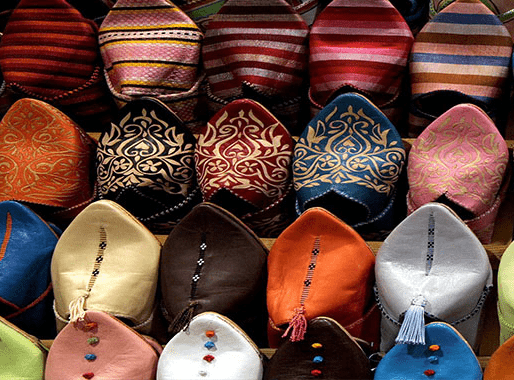
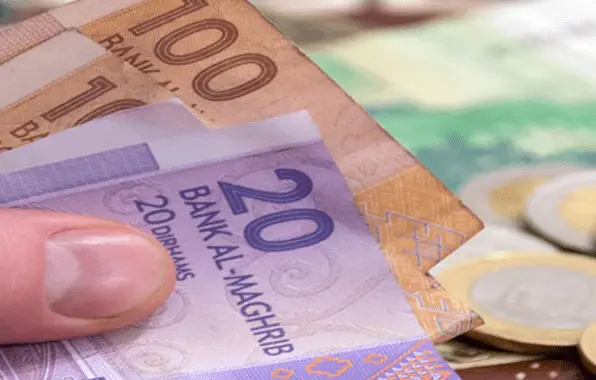
The Moroccan currency is the Dirham (MAD or DH)
Notes in denominations of 200, 100, 50, 20 and coins of 10, 5, 2, 1 dirhams, 50 cents, 20 cents, 10 cents and 5 cents. Current exchange rates can be obtained from several
Morocco is on permanent Daylight-Saving Time (DST) most of the year. But for Ramadan, the country sets the clocks back 1 hour, making sunset 1 hour earlier; and after Ramadan the clocks turned forward 1 hour again.
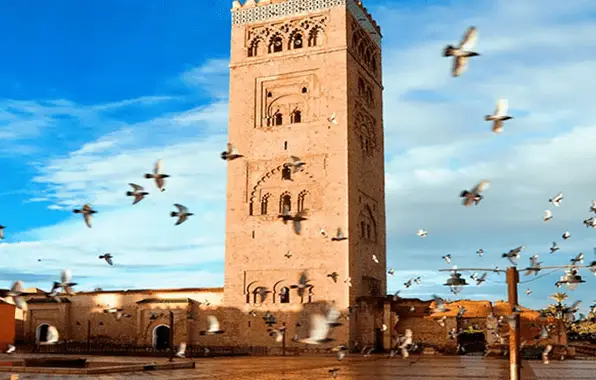
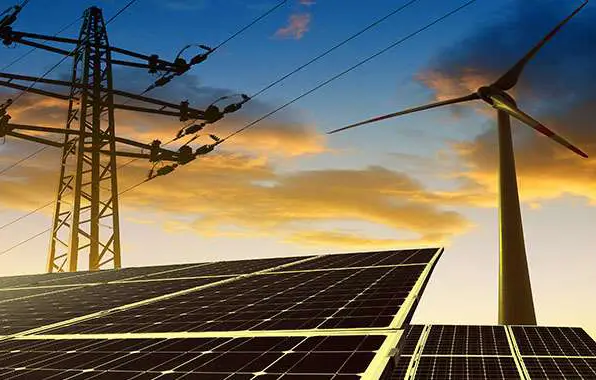
French style 220-volt electrical plugs.
A passport is required for entrance to Morocco American and most of European citizens don’t need a visa, however the passport should have at least 6 months to expiry from your return.
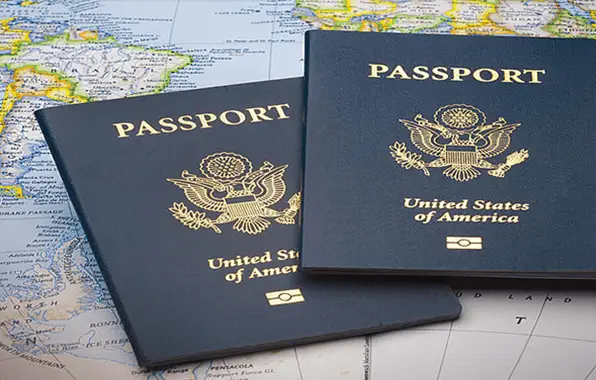
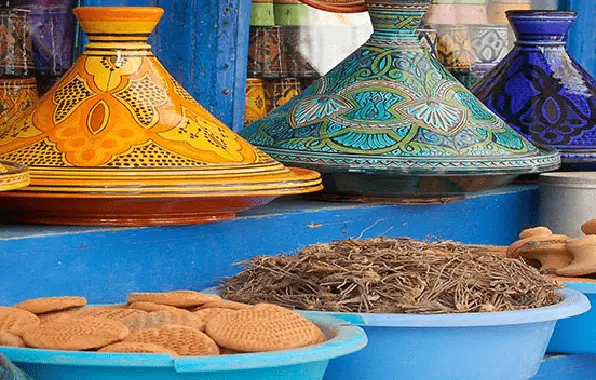
Personal effects including camera and up to 10 rolls of film can be brought into the country temporarily without formalities. Firearms, audio-visual materials, walkie-talkie, computers and conference equipment are submitted to a License allowance before entering the country. A detailed list must be forwarded to your DMC who will have to use the services of a forwarding agent. Big amount of cash currency more than 5.000 (Euros or US Dollars) has to be declared to the custom department on arrival, as nobody has right to export currency from in land.
From Monday to Friday: 8.15 am to 15.30 pm.
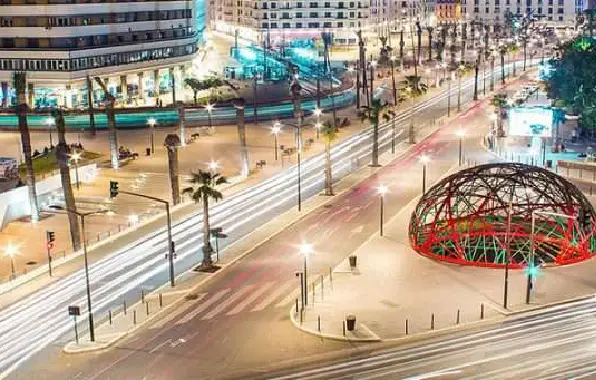
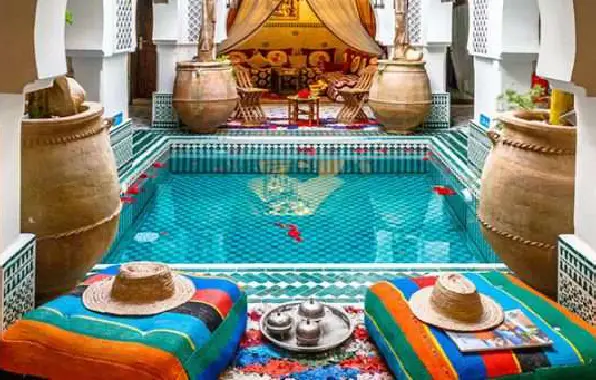
From Monday to Saturday: 8.30 am to 12 am and 2.30pm to 6.00pm.
There are private clinics in all main towns, and government hospitals in many. Independent doctors are also available. All services will be charged for immediately. Pharmacies are numerous in each town. Outside normal opening hours, there is always emergency pharmacies open in each town and a late-night pharmacy often located in the town hall.

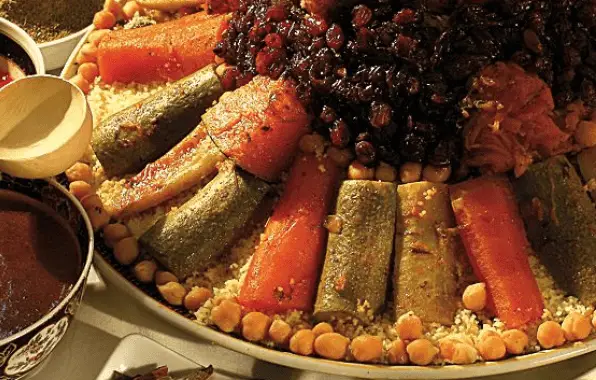
Moroccan cuisine is one of the finest in the world. Some of the main dishes are Couscous (steamed semolina with vegetables, lamb or chicken), Mechoui (oven roasted lamb), Pastilla (fine pastry stuffed with pigeon and almonds), Tagine (lamb or beef stew with vegetables steamed for hours in an earthenware dish covered by a cone-shaped lid), pastries with a combination of almonds and honey (“Cornes de gazelle”, almond filled pastry crescents are the finest).
No restriction on alcoholic drinks by visitors. Locally produced wines, beers and mineral water are excellent. Imported drinks are expensive. The most common refreshment is mint tea, an infusion of mint leaves and green tea. Tap water is drinkable but it is advisable for visitors to drink inexpensive mineral water (sparkling or still).
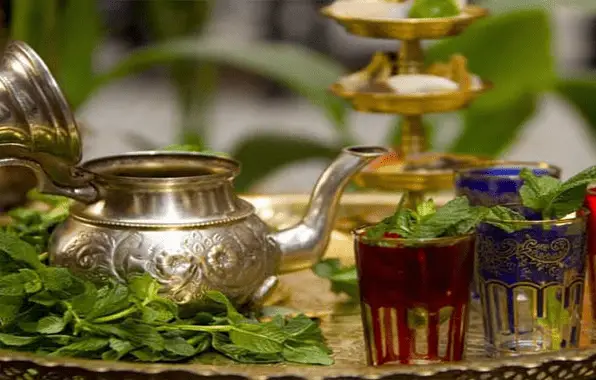
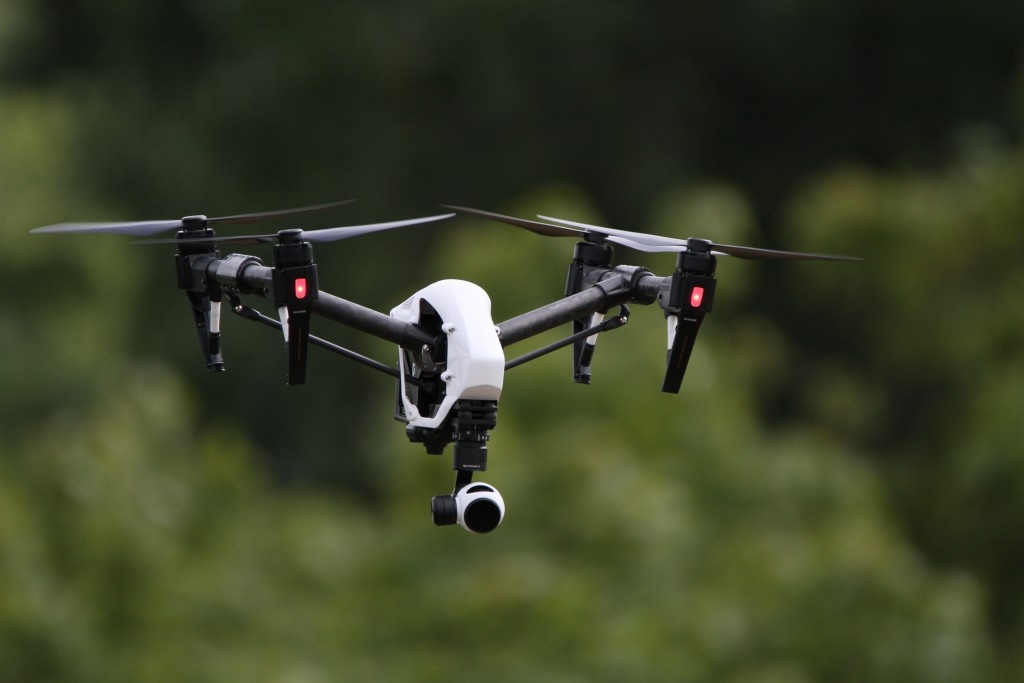
To protect its citizens’ safety, privacy, and national security, Morocco has instituted rules limiting the use of drones. Drone pilots must be aware of these regulations to prevent breaking the law and endangering the public. Both commercial and recreational drone use are governed by a set of regulations put in place by the Moroccan government.
Drone flights are not allowed in restricted regions such as near airports, government buildings, and military bases. Before taking off with your drone, you must first find out where those no-fly zones are.
Commercial drone operators in Morocco need authorization from the Moroccan Civil Aviation Authority (ONDA) and the Moroccan National Agency of Frequency before flying for profit. This license is necessary for all drones, regardless of their weight class.
Lonely Planet Morocco – Jessica Lee, Brett Atkinson Lonely Planet Morocco is your passport to the most relevant, up-to- date advice on what to see and skip, and with hidden discoveries await you. Explore the medina and tanneries in Fez, hop between kasbahs and oases in the Draa Valley, or catch a wave at Taghazout; all with your trusted travel companion. Get to the heart of Morocco and begin your journey now!
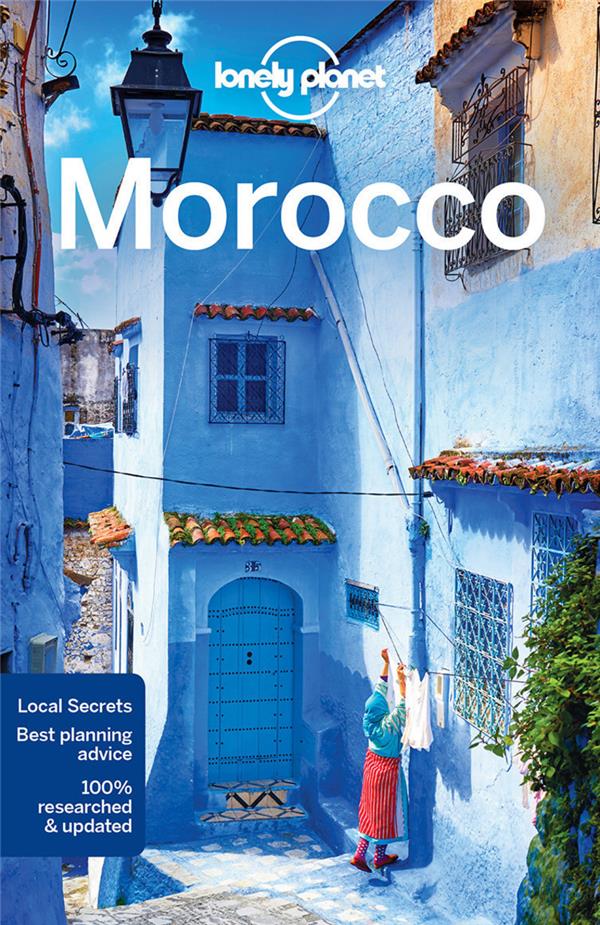
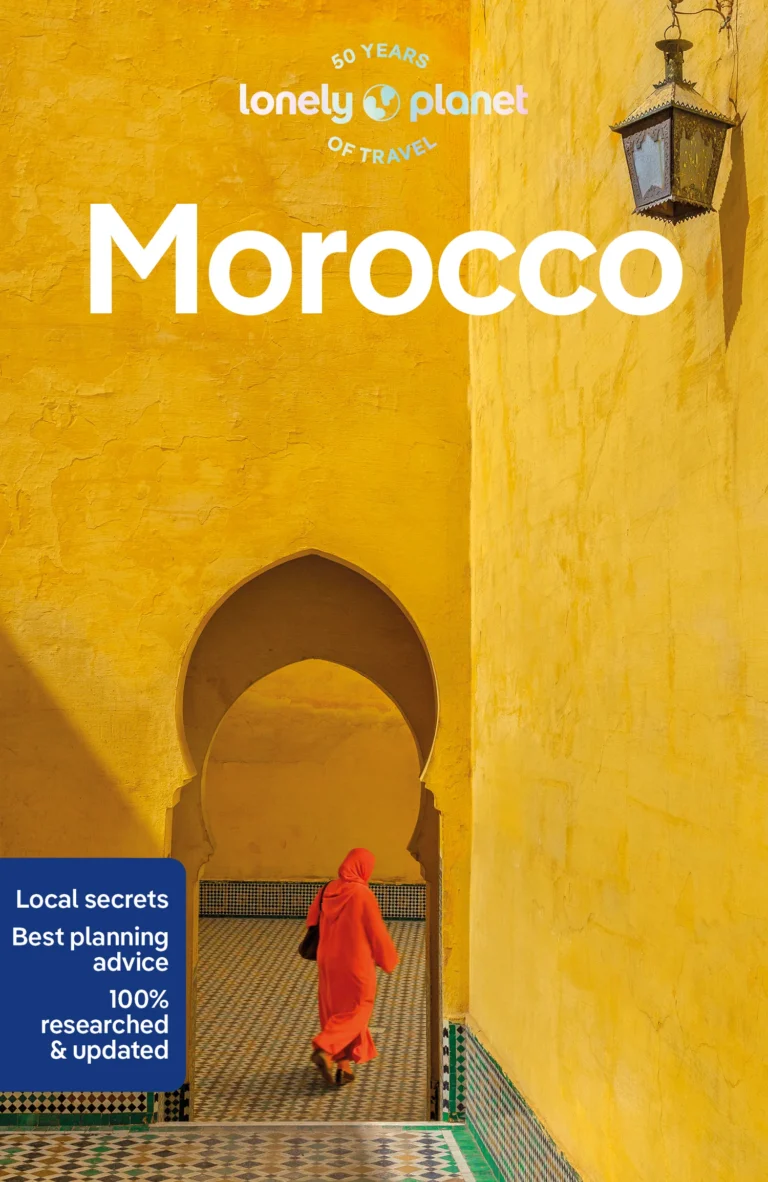
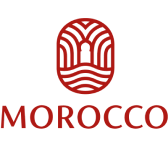

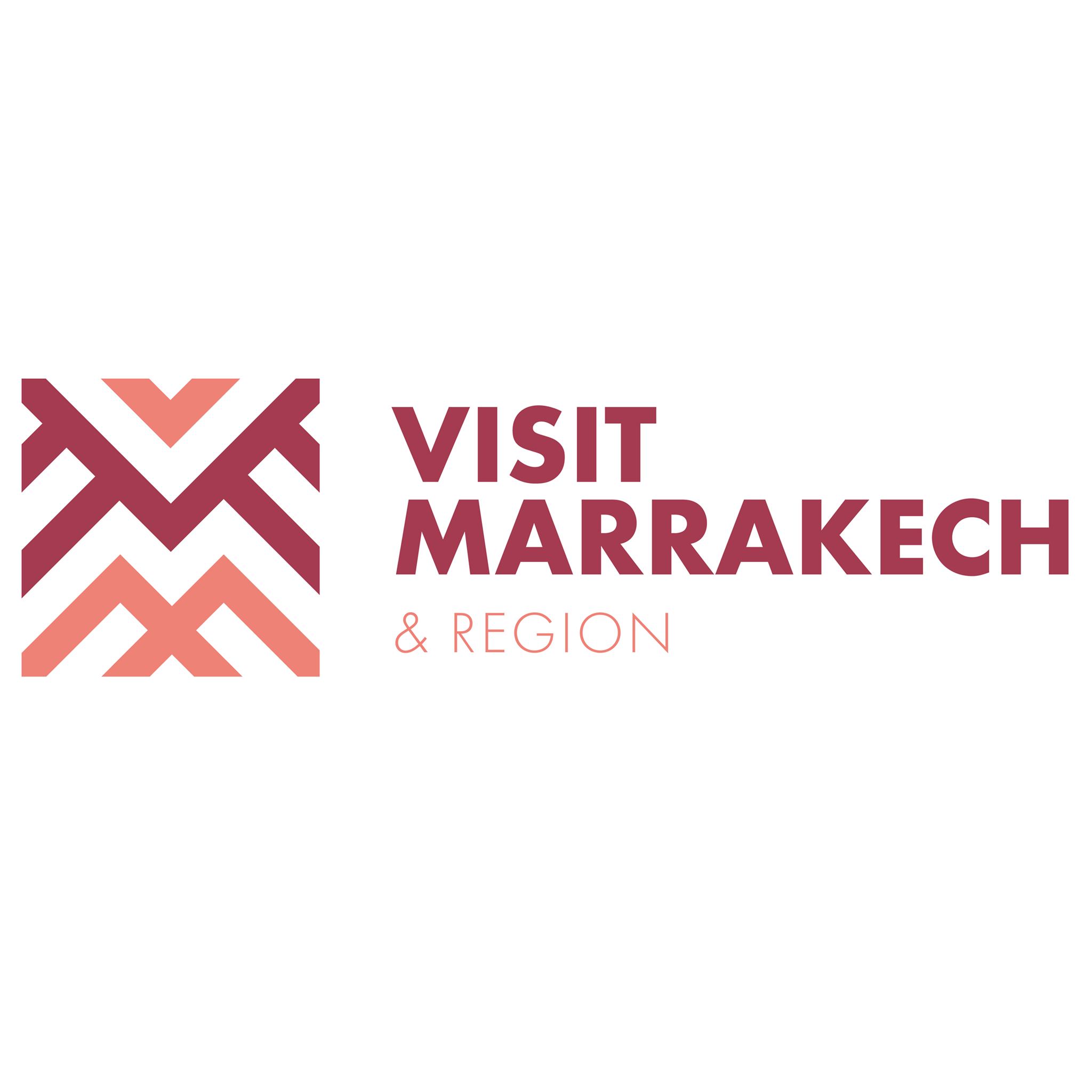
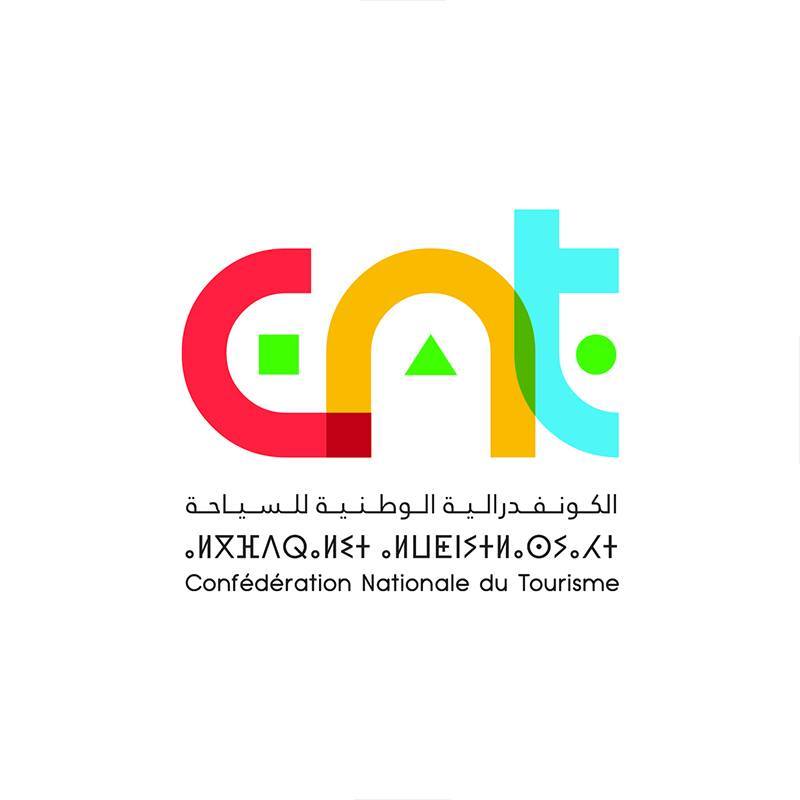
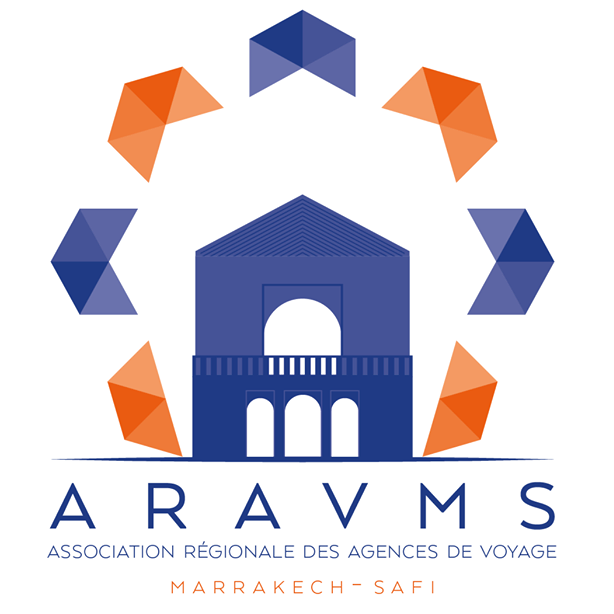
Originally Morocco provides exceptional customer service and support throughout your journey, from the planning stages to the moment you depart. We are available 24/7 to answer any questions or address any issues that may arise, and we will do everything in our power to make your trip unforgettable.

Full customer support
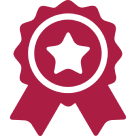
Quality service

TEAM OF EXPERTS
Need help choosing your perfect adventure? Speak to one of our dedicated Travel Advisors now.
Hear about our new adventures before anyone else.
Be the first to hear about exclusive Originally morocco offers.
Receive weekly inspiration and travel stories from solos just like you.
Receive weekly inspiration and travel stories from solos just like you.


©Copyright 2019 Originally Morocco, by web agency Marrakech
